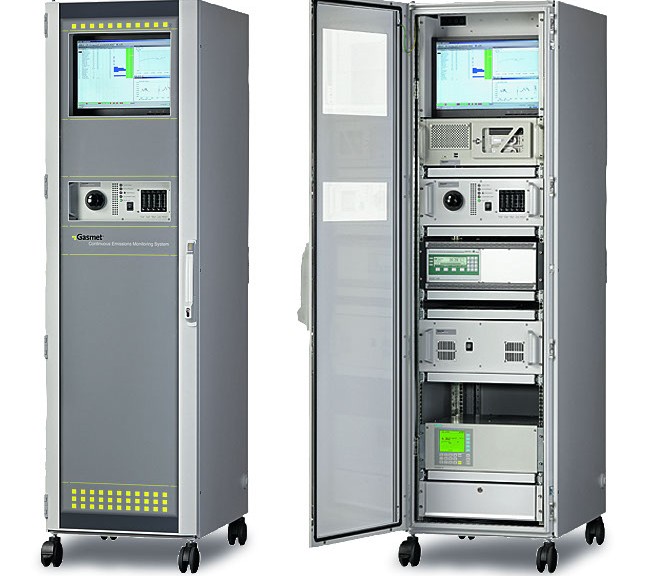Air Quality Meter – Operators in the mining, power, petrochemical, construction and bulk handling industries, are under increasing pressure to reduce their impact on the surrounding environment. Modern air quality regulations shift the burden from publicly funded monitoring to industry funded monitoring (with public oversight). The use of air quality measuring instruments is needed here.
This means responsible industrial site operators must seek private air monitoring networks to protect the public and meet regulatory standards.
Table of Contents
How to Check Air Quality
In general, stationary source emission monitoring consists of four elements, including: 1) performance indicators, 2) measurement techniques, 3) monitoring frequency, and 4) average time. These elements are described as follows:
Performance Indicator
Parameters measured or observed to demonstrate: (a) proper operation of air pollution control measures, or (b) compliance with applicable emission limits or standards.
Measurement technique
The means by which information from or about performance indicators is collected and recorded. Measurement engineering components include detector type, installation location and specifications, inspection procedures, and quality assurance and quality control measures.
Monitoring Frequency
The number of times monitoring data is obtained and recorded over a certain time interval. Examples of monitoring frequency include at least four equally spaced points every hour for CEMS or CPMS, at least every 10 seconds for COM, or at least once per operating day (or week, month, etc.) .
Average Time
The period during which data are averaged and used to verify proper operation of a pollution control approach or compliance with emission limits or standards.
Air Quality Measurement Products from NetData
CEMS (Continuous Emission Monitoring System/CEMS) is the total equipment required for the determination of gas or particulate concentrations or emission rates using the pollutant analyzer measurements and conversion equations, graphics, or computer programs to produce results in units of emission limits that are apply. or standard.
CEMS is required under some government regulations for either the determination of ongoing compliance or the determination of standard exceedances. The individual subsections of each country’s government regulations will vary in determining the reference method used to support the accuracy and precision of CEMS.
How to Maintain Air Quality in the Surrounding Environment
Maintaining air quality to stay healthy and fresh is one of the right ways to make your life healthier. Not only for you, but for other people as well as other living beings.
Ways you can do to maintain air quality in the surrounding environment are as follows:
- Garbage should be thrown in the trash.
- Clean gutters of trash.
- Carry out community service activities.
- Provide trash cans which are divided into organic and non-organic waste.
- Plant plants to keep the air fresh and clean.
- Reduce air pollution in our environment.
Reducing air pollution in the environment is the responsibility of everyone, even all parties. One of them is for industry or factories or activities that can cause air pollution, is to use CEMS.
CEMS functions to monitor emissions on an ongoing basis. CEMS can monitor and control emissions in real time and continuously.
Buy CEMS Products
When you already know how important it is to use CEMS in regulating gas emissions, then it is the responsibility of all parties to protect the surrounding environment. Air pollution is a very dangerous thing if it is continuously carried out it will cause various problems including diseases that attack living things.
Therefore, if you are looking to buy CEMS with various features that are very helpful in monitoring gas emissions, you can entrust it to NetData.
NetData provides CEMS with the best quality, fast and professional installation services, and at CEMS prices and affordable installation costs.
Conclusion
Every person in charge of a business and/or activity that performs automatic and continuous monitoring needs to integrate its emission monitoring into the industrial emission monitoring information system on an ongoing basis. This is the reason why CEMS is very important apart from awareness from various parties to protect the environment including avoiding air pollution.
![]()


